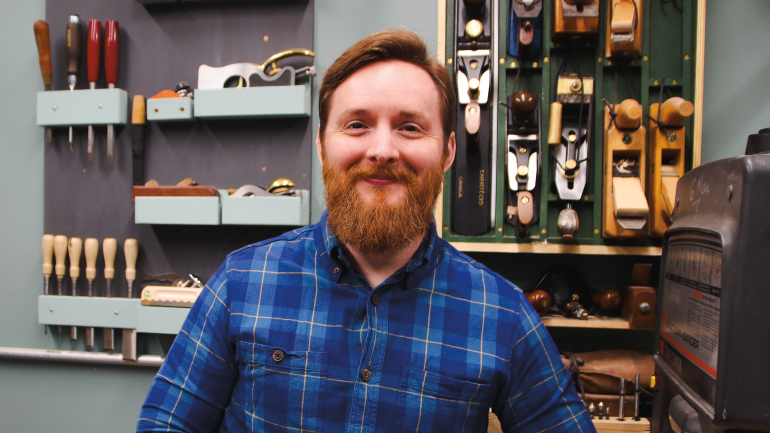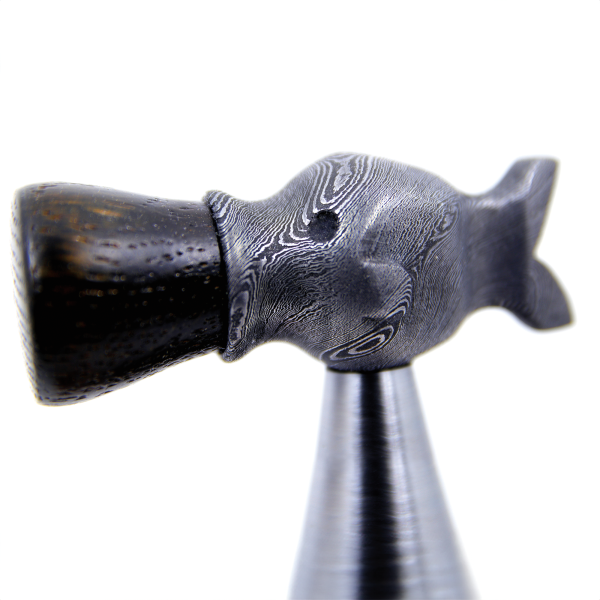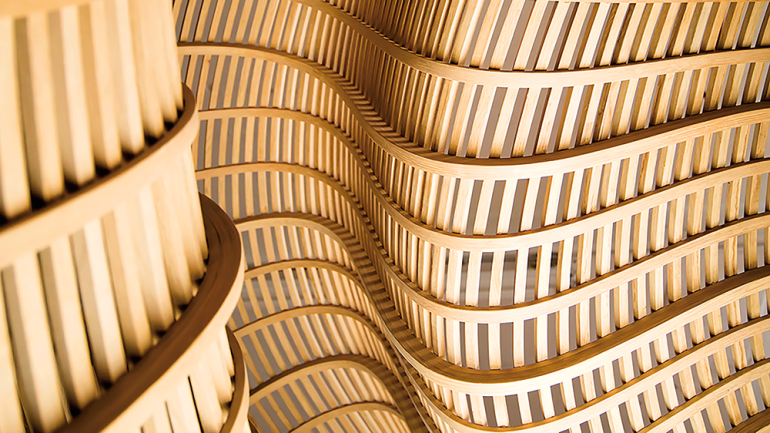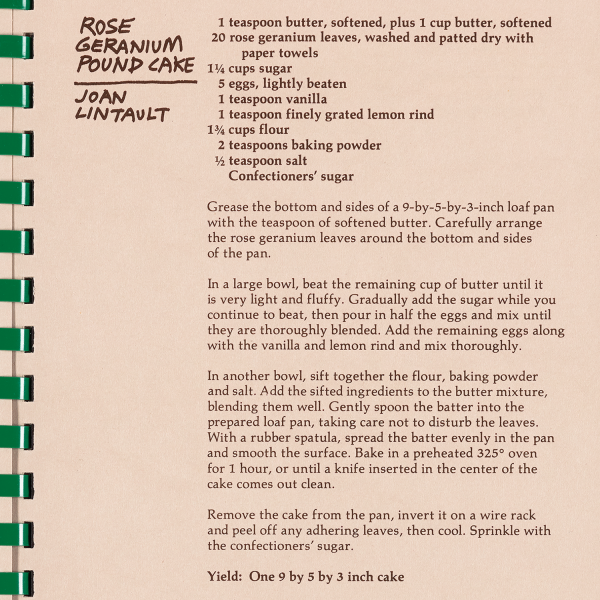When I’m working on projects in my home studio in Chatham, Illinois, it’s about the experience, not the object. “Focus on the making” is the philosophy that drives me. I find this approach enables exploration, experimentation, and the freedom to start over (again and again, if need be). If the thing I set out to make is less than perfect, it’s okay. Starting over doesn’t sting too much. It’s an opportunity, in fact, to both reexperience the parts of the building process I enjoy and discover something new along the way.
I’m a maker of furniture (for myself), décor (for charity auctions), and hand tools, which I make primarily for woodworkers. My studio, where everything is done, from design to production, is relatively tiny: 140 square feet to house a workbench, tools, and materials, including a stash of wood, steel, and brass; space to create and move around; and a camera to document what I’m making (I routinely upload my visual journal entries to YouTube).
I’m guessing if anyone else had to navigate my shop, they’d find the setup inefficient, at least from a production standpoint. My tools are stored in front of other tools, and materials are buried in corners and under machines. I also have a habit of bouncing from station to station, leaving bits and pieces strewn in my wake, which allows me the flexibility to make things in whatever way I’m feeling in the moment.

Meyer made these tools, including steel hand planes, a pair of Dancing Master calipers, and brass-head hammers.










